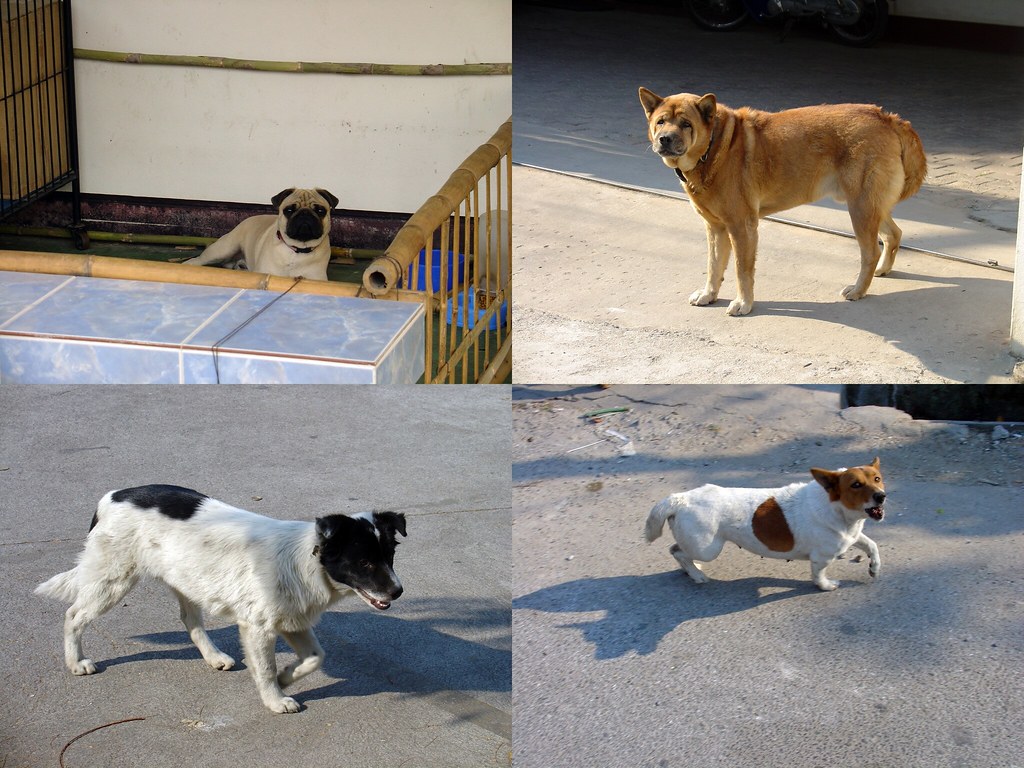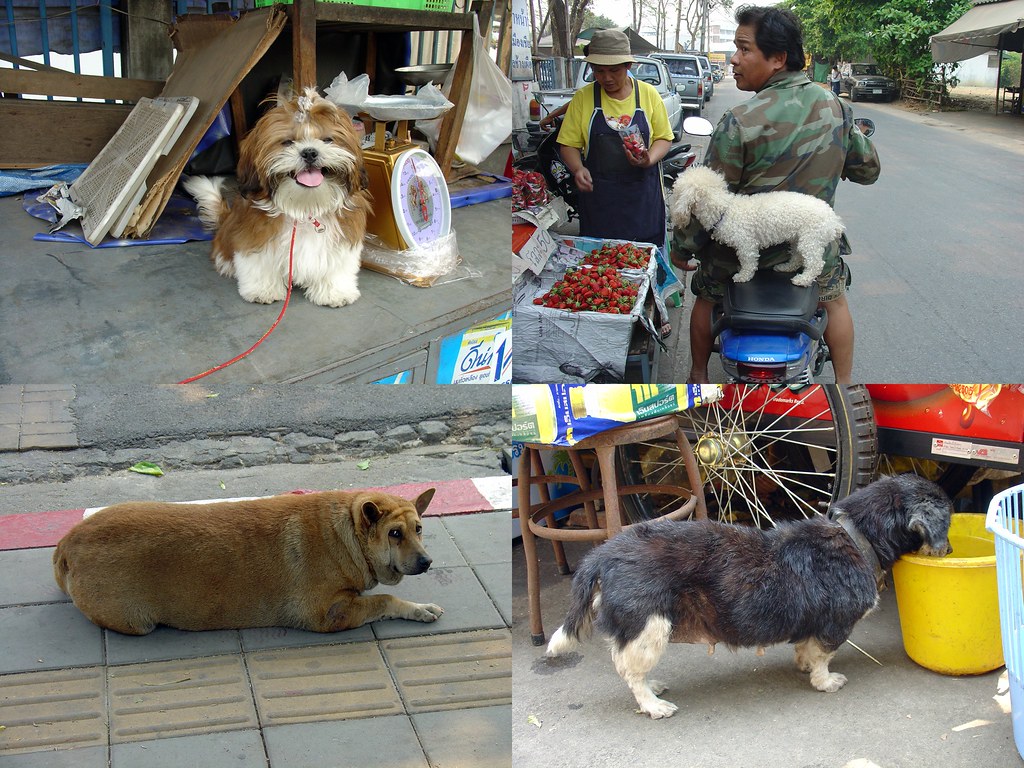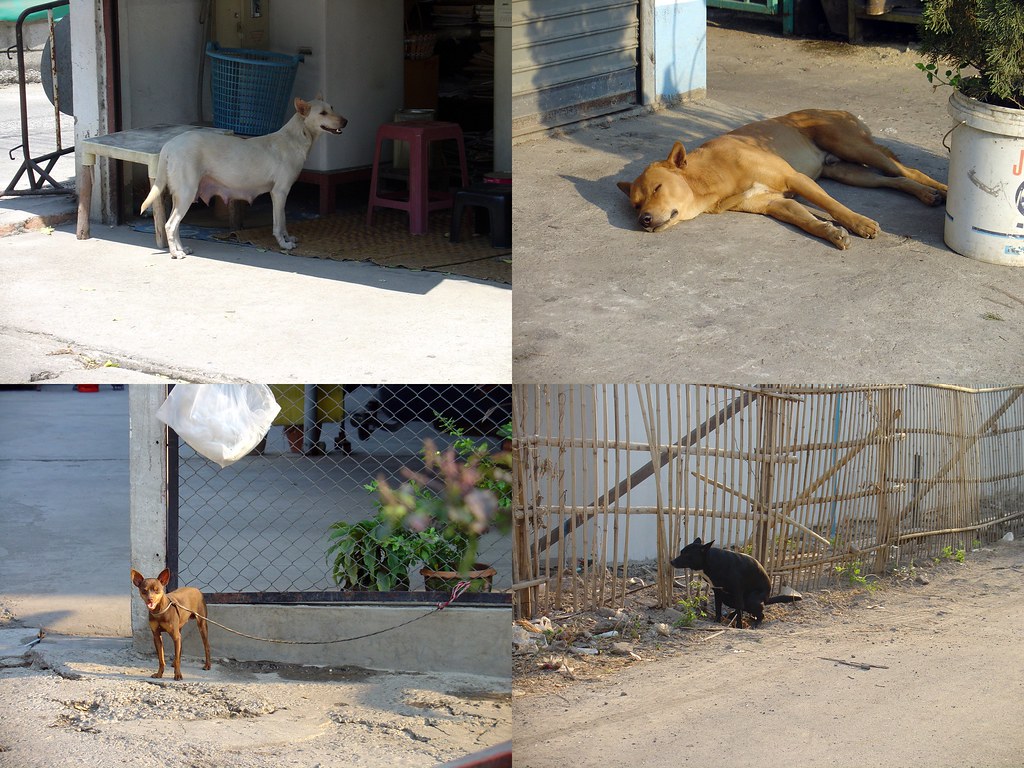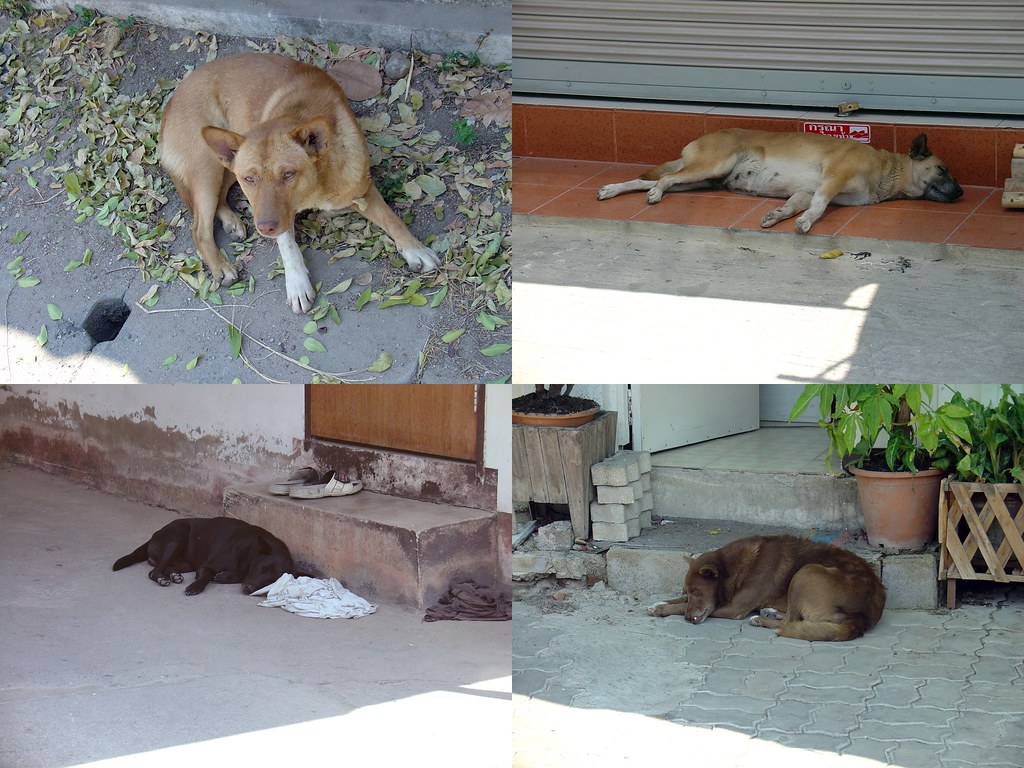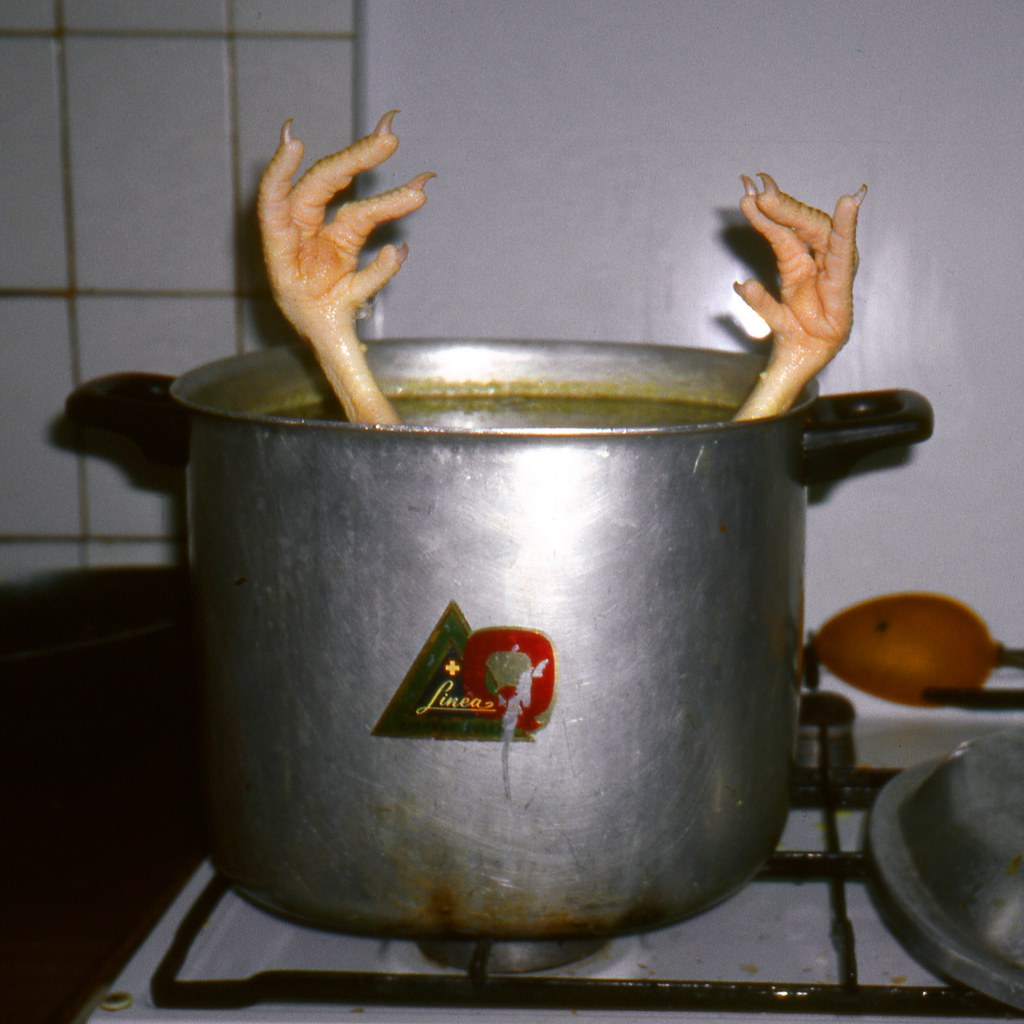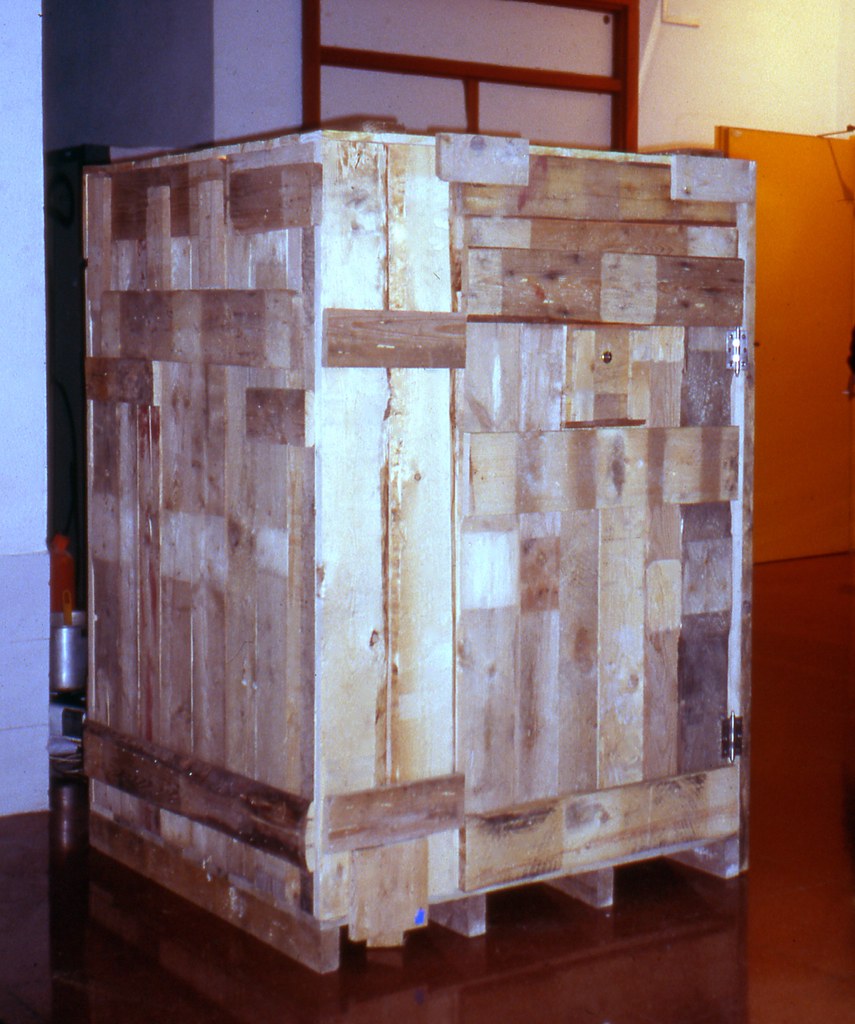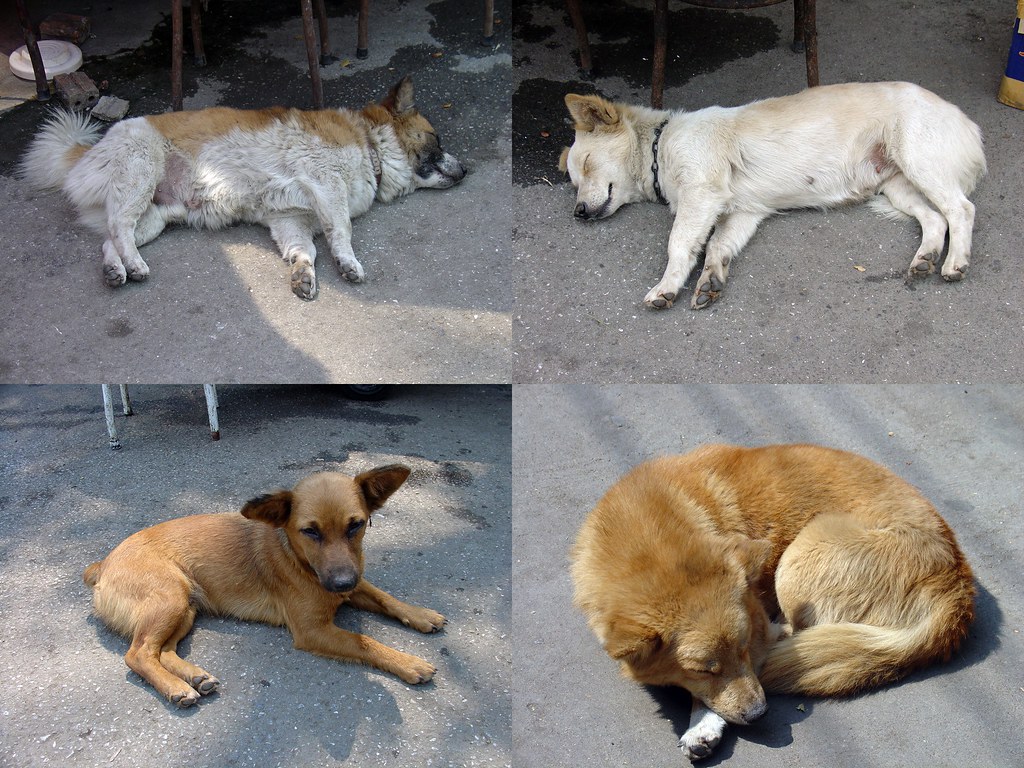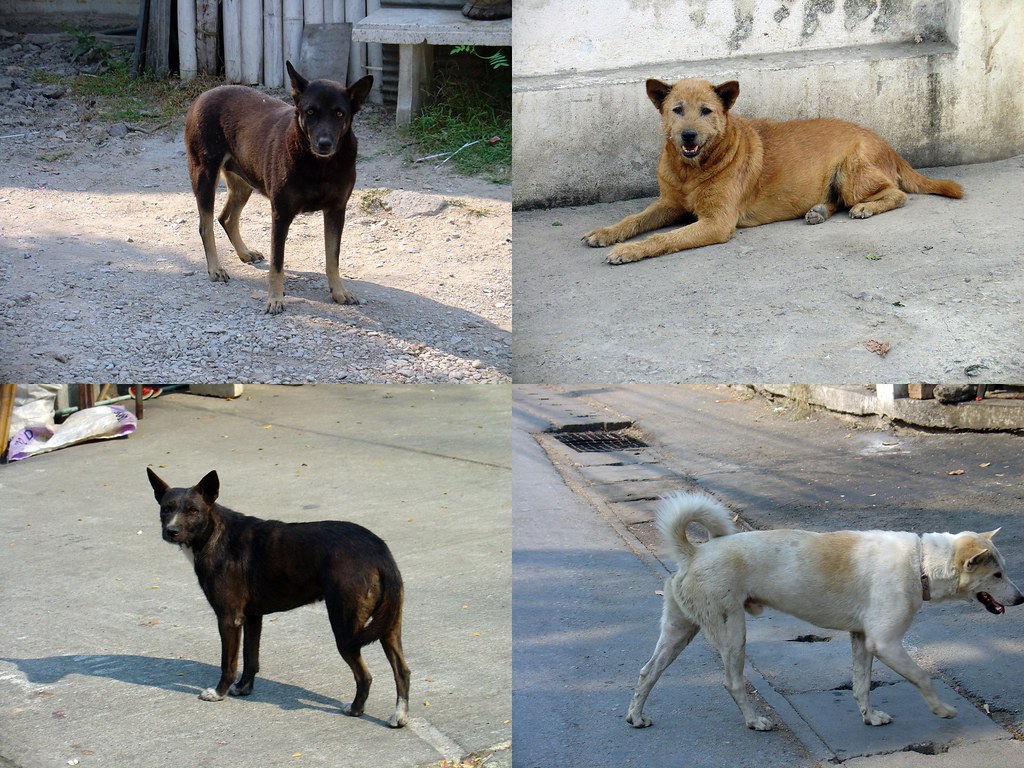30 March 2007
Evolutionary Advantages of Subcutaneous Fat

Anyone who has grabbed a cat by the scruff of its neck knows how remarkably loose their skin is, a property conferred by the elasticity of their skin and the presence of subcutaneous fat. When little Tien was attacked by dogs last week one of the bites was on his left leg and abdomen. For a while we (vets included) thought that his abdomen had just been bruised, until Thursday night, when a previously closed wound opened up, revealing a large abscess, which Tien diligently licked clean. I took him into the vet to have it dressed properly (irrigated with peroxide and iodine, packed with antibiotic gel). All the puss that got squeezed out was basically liquefied adipose tissue, which made me realize that if it weren't for his loose skin, that bite would have punctured his upper colon. If he were in the wild, and able to escape, that would have done him in no matter what. But thanks to his wriggly, elastic nature, the damage done was localized, and not internal, something he might have been able to recover from. Maybe. As it stands now the vets want to cut into the abscess to clean it properly. Poor guy.
Posted by
Dane
at
11:05 PM
1 comments
![]()
24 March 2007
Birthday Blessing from Buddha
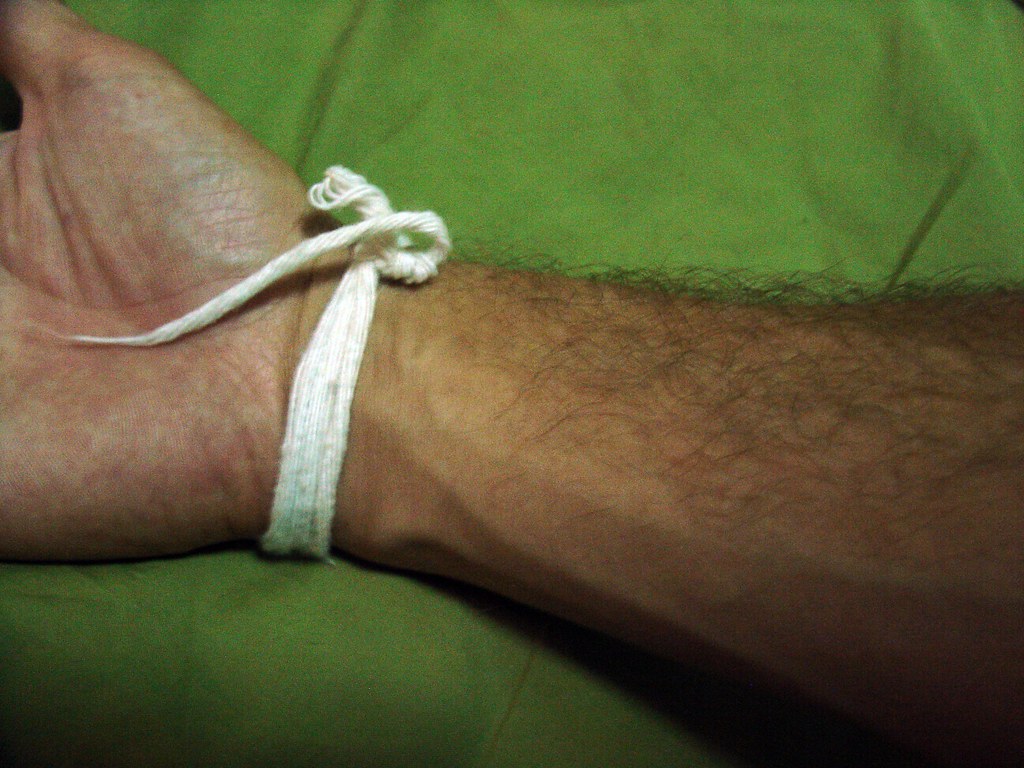
Every month the school where J and I work takes the kids to the wat next door for birthday blessings. I got to go along this month, and recieved this nifty cotton bracelet as compensation for another year on this planet.
Posted by
Dane
at
4:06 AM
6
comments
![]()
22 March 2007
Still Alive
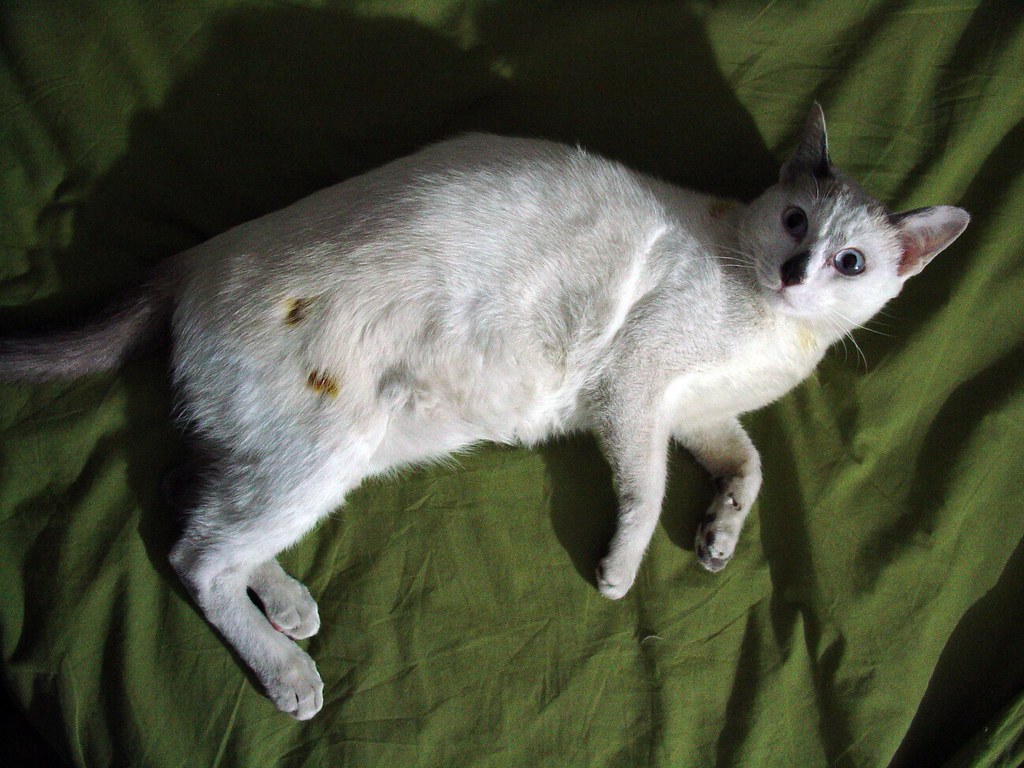
I realized just now that it has been over a week since I've posted here. In fact, I haven't written since turning thirty, though that may or may not be the cause. Actually several factors have contributed, namely finding a new place to live, reading three books straight through, Tien being attacked by dogs, the worst pollution ever (the equivalent of smoking 5 packs a day), our first rain since mid October, and most recently a mysterious (but old) something-or-other (not mine) that will have to be looked at by a doctor.
In these pictures of our handsome Thai cat you can see three of the dog bites (accented in lovely iodine orange) he received from our neighborhood mongrels--one on his shoulders, and one on each flank. On Tuesday night he sneaked out while J was washing dishes. We didn't notice, then all of the sudden we heard dogs barking and a cat screaming. I ran around to the back of the house and chased the dogs off. We cleaned him up as best we could (he was covered in dog saliva and his own urine), and then let him sleep off the shock. The next day we took him to the vet and got him some antibiotics and painkillers. Today he ate some mackerel and took a leak (major progress), and this evening he actually emerged from beneath the couch on the balcony of his own volition. We're not worried about rabies (though we have yet to get him vaccinated), since our neighborhood strays are healthy enough, beyond the normal malnutrition caused by a diet of rice scraps. For the curious, they are typical "pariah dogs," and about half a step from being dingoes (yes, we do have them here in southeast Asia), their full compliment of hunting instincts being evidenced by their tidy lunge to poor Tien's flank.
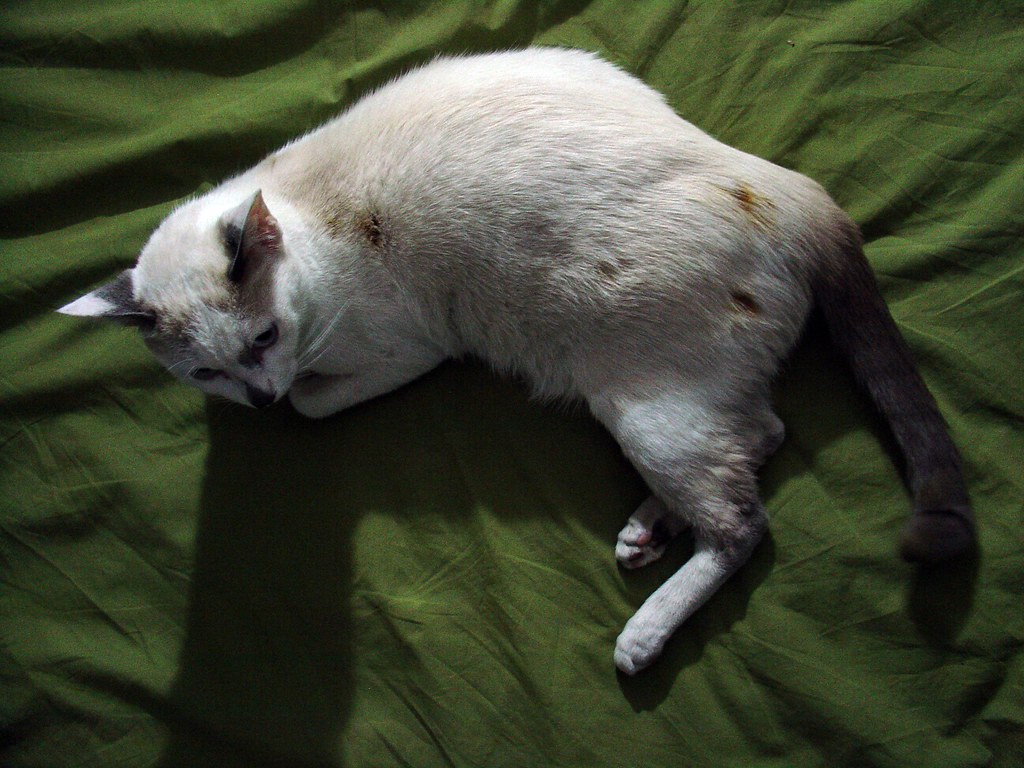
Posted by
Dane
at
11:55 AM
0
comments
![]()
14 March 2007
13 March 2007
Felting Human Hair
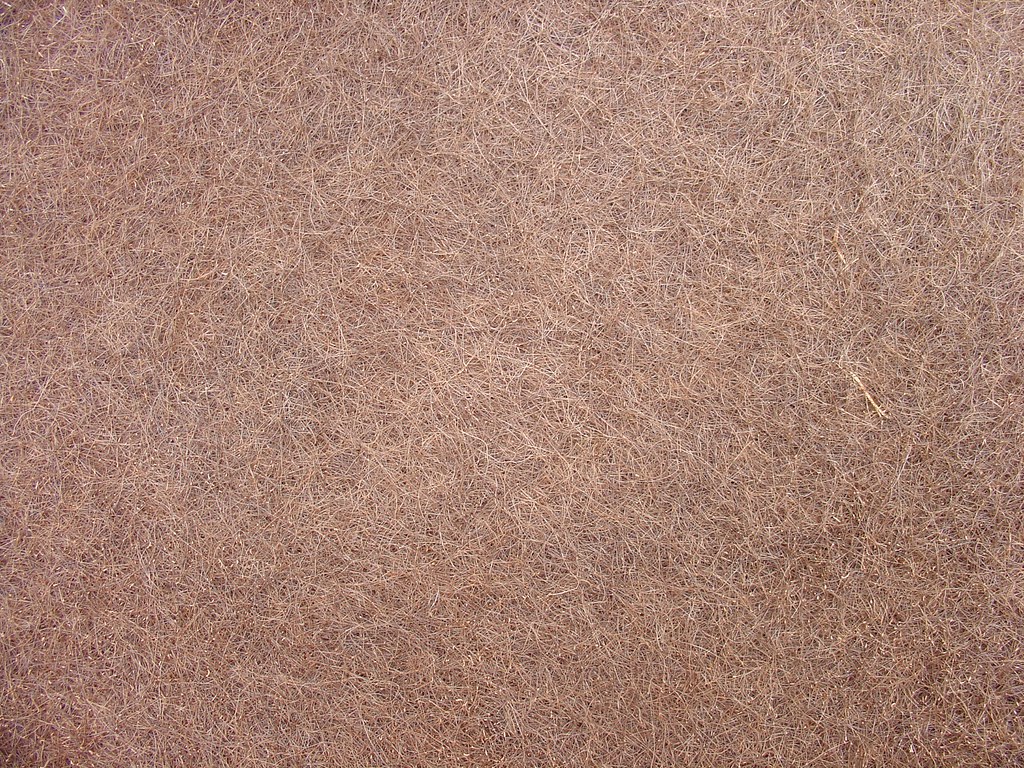
 Traditionally felt is made from finely textured animal hair. Hairs are covered with tiny scales (cuticle) which can be made to stand up due to dryness, dirt, or friction. Conditioner is designed to help the cuticle lay back down, rather than stick up and catch, causing tangles. Felt is made by stressing the hair with heat, harsh detergents, and friction. Rubbing stressed hairs against each other will cause the scales to catch and bind. The advantage of using fine animal hair, like wool, is that it will form a dense, even mat, the individual fibers becoming indistinguishable. Coarser hair, like human hair, will not form as nice a felt as wool, but it will felt. That's what dreadlocks are. Since human hair is so coarse it can't be treated like wool, which felts easily, requiring little more than hot water sometimes. Making felt from human hair is a slightly different process, almost like making a giant, flat dreadlock. Due to the stiffness of the individual hairs you might not be able to achieve a good, hard felt (I used my own hair, which is nearly as coarse as horse hair), but something between hard and soft is doable.
Traditionally felt is made from finely textured animal hair. Hairs are covered with tiny scales (cuticle) which can be made to stand up due to dryness, dirt, or friction. Conditioner is designed to help the cuticle lay back down, rather than stick up and catch, causing tangles. Felt is made by stressing the hair with heat, harsh detergents, and friction. Rubbing stressed hairs against each other will cause the scales to catch and bind. The advantage of using fine animal hair, like wool, is that it will form a dense, even mat, the individual fibers becoming indistinguishable. Coarser hair, like human hair, will not form as nice a felt as wool, but it will felt. That's what dreadlocks are. Since human hair is so coarse it can't be treated like wool, which felts easily, requiring little more than hot water sometimes. Making felt from human hair is a slightly different process, almost like making a giant, flat dreadlock. Due to the stiffness of the individual hairs you might not be able to achieve a good, hard felt (I used my own hair, which is nearly as coarse as horse hair), but something between hard and soft is doable.You need:
- as much hair as you can muster (longer is better, lengths under 1-1.5 inches will tend to fall out)
- bar soap
- warm water
- a water-safe, smooth, but uneven work surface (a tile floor would be ideal, or an old-fashioned washboard)
- an iron
2. Take small handfuls of hair and rub them against your work surface to form a sparse, flat, tangled mat. You should do this until the hair looks frazzled. A slightly dirty work surface might actually help at this point (more friction).
3. Once all the hair has been rubbed into flat little mats, wet your hands and soap them. Then rub each mat of hair between your palms until it stiffens. If they seem to fall apart too easily, try using less hair. Think of that nasty clump of hair you're always pulling out of the drain. These are just glorified versions of the same.
4. Lay these loosely felted mats together in the shape you want, two or three layers deep. Try to spread it as evenly as you can. The mats will be full of holes, which you can fill with smaller mats.
5. Gently rub each piece into its neighbors as you add it. Add dry hair between pieces if they don't seem to want to be friends.
6. Your piece should be nice and soapy at this point, but fragile. Rub it on your work surface, moving from the outside in until all the individual pieces have joined together. Once your piece is holding together well begin flipping it over every once in a while. After a few minutes you should have something like the second picture below.
7. If your piece is holding together well give it a rinse with cupfuls of hot water. Pick it up and look through it to see how thick it actually is, and to identify thin spots.
8. Return the piece to the work surface and soap it up again. Continue rubbing from the outside in, also working toward (but not directly on top of) the thin spots. If you have extra hair you can add to the thin spots do so now, before the fulling process is too far along.
9. Continue fulling until the felt is an even thickness (it naturally wants to be about 1/4 inch), and hard. It should be 1/2 to 1/3 the size of the piece you started with.
10. Rinse the piece again with warm water, and iron out the extra water. Use the iron to smooth the surface.
11. If the felt seems to have too many little hairs sticking out (this will depend on the stiffness and length of the hair used), you might try burning them off while the felt is still damp, then ironing off the burnt ends.
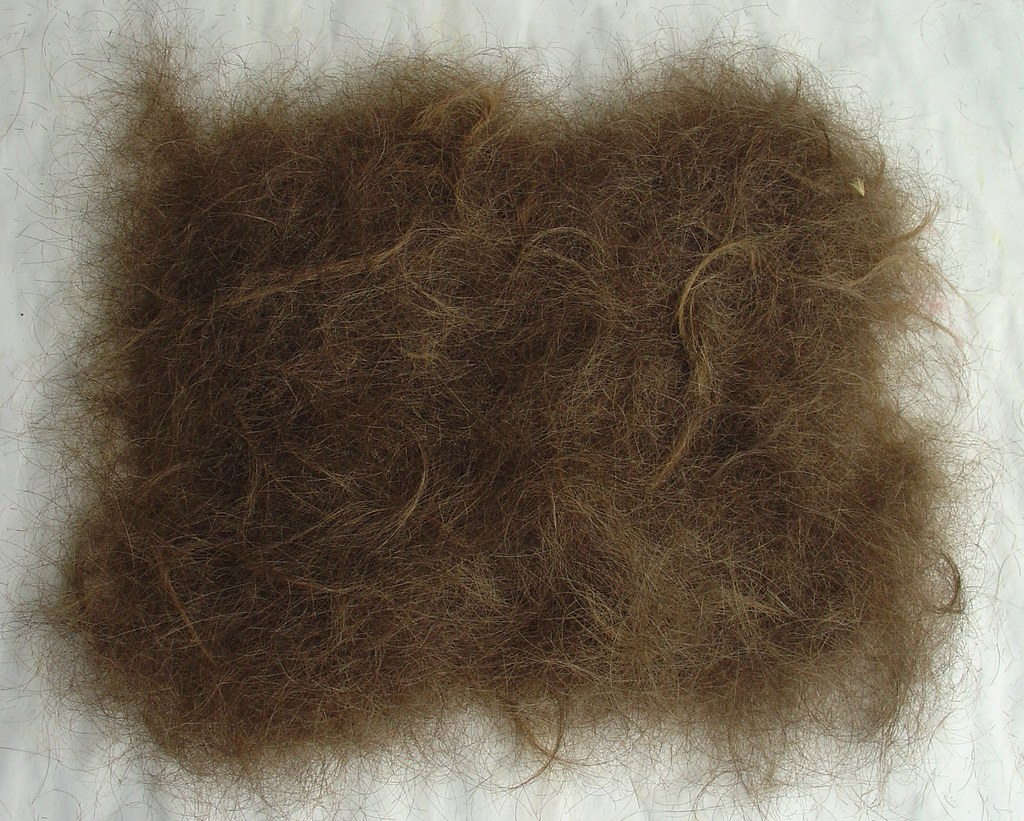
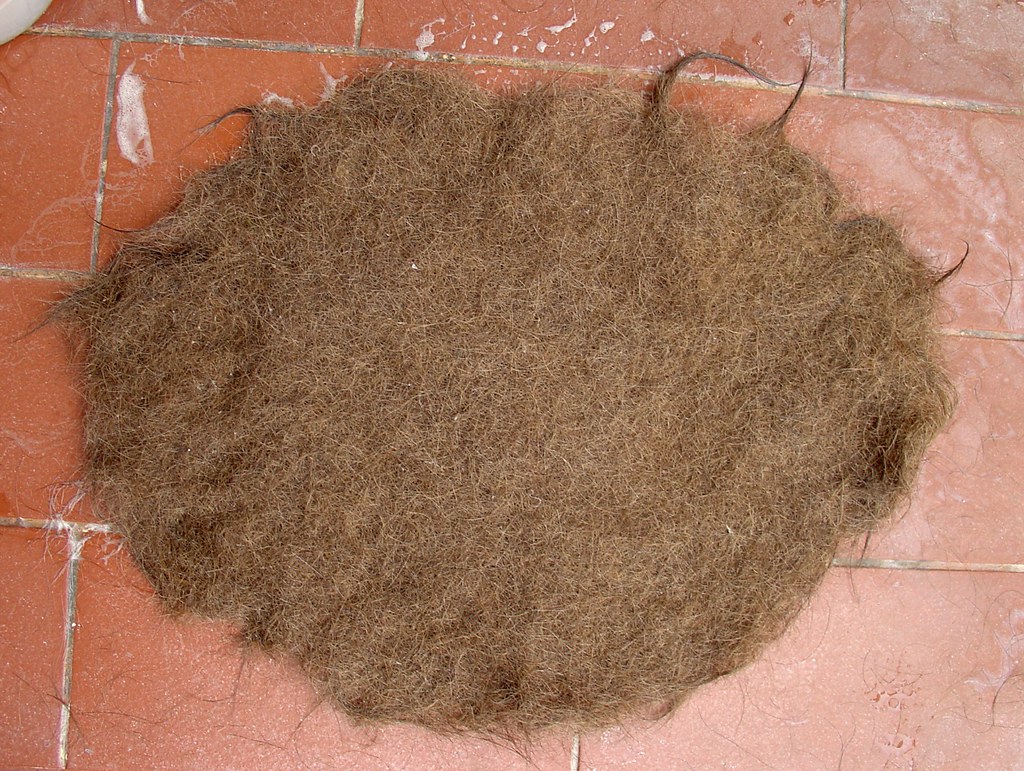

Posted by
Dane
at
6:36 AM
11
comments
![]()
12 March 2007
Hexagonal Deseret Outpost, Two Versions (Plain and Corral with Coop)
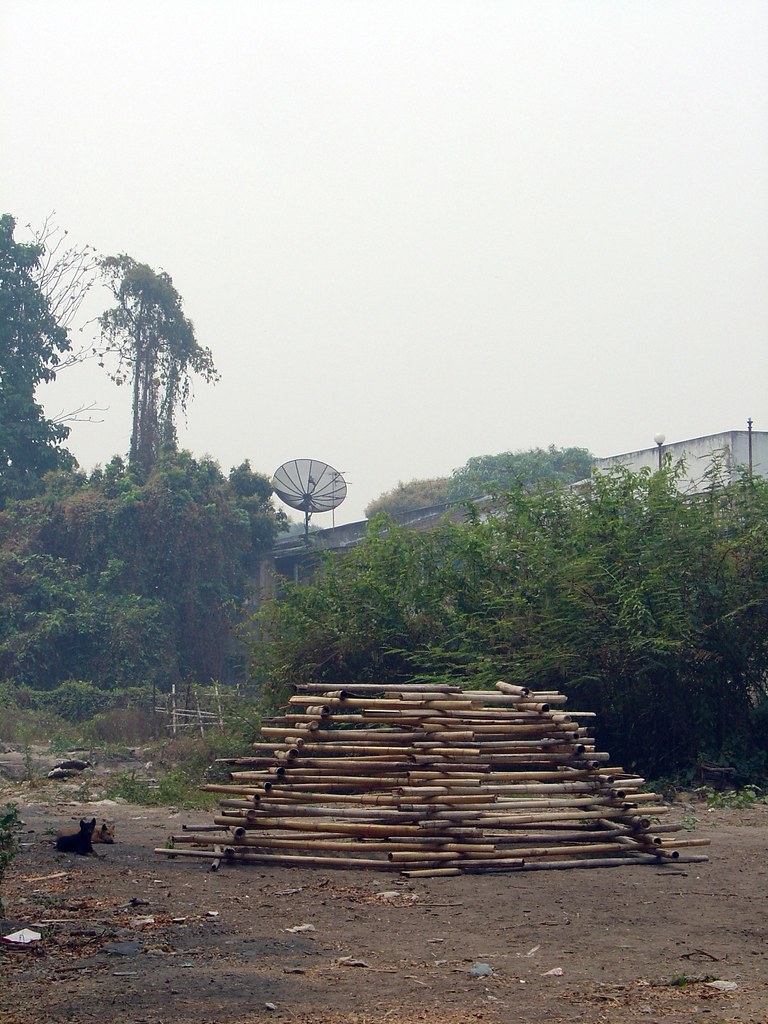
I've been playing with bamboo in the vacant lot down the street, stacking it like giant Lincoln Logs. So far I've made two different versions. The latest is a just a plain, sloping hexagon. The first one was a little more complex, sort of a hexagonal corral with a cantilevered, triangular chicken coop.
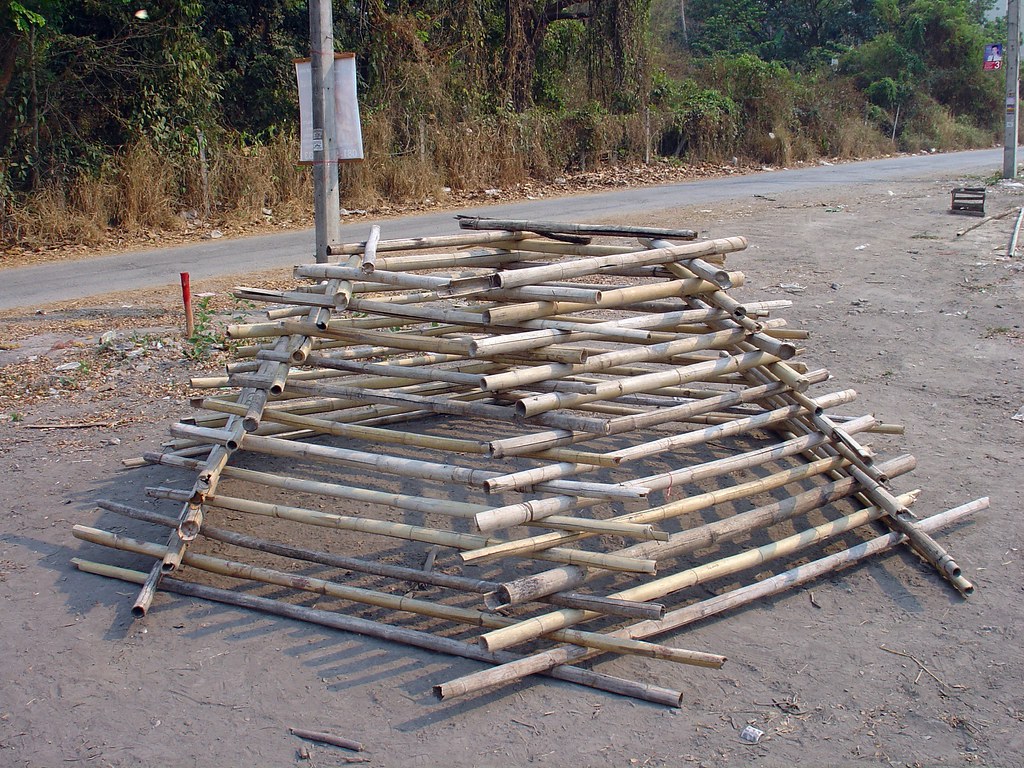
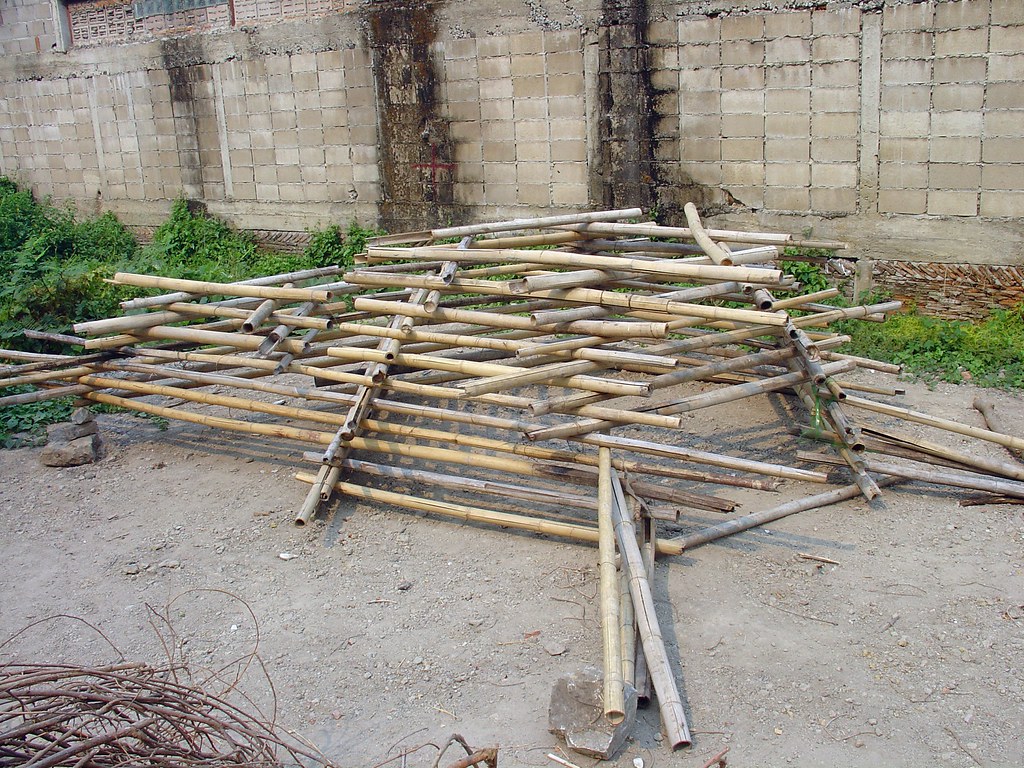
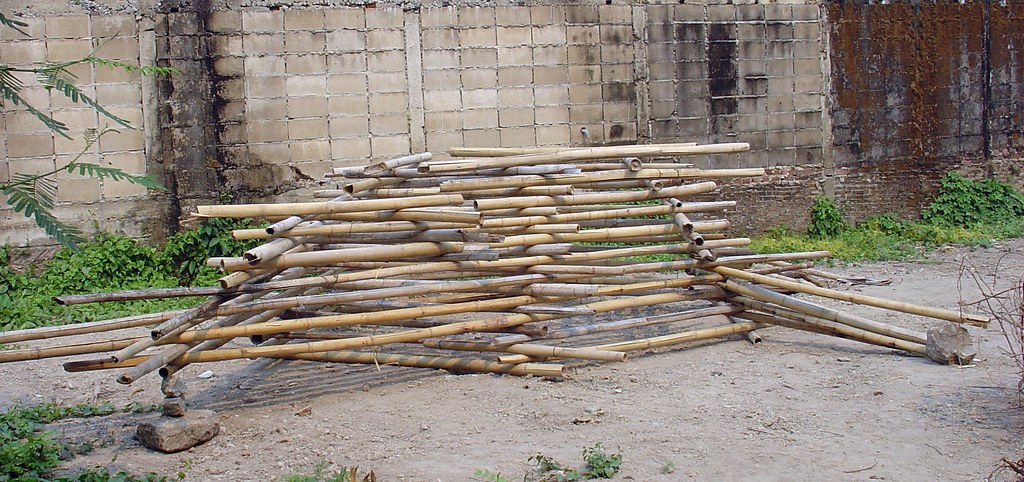
Posted by
Dane
at
2:20 AM
0
comments
![]()
Labels: art, installation, sculpture, site-specific
BGW @ Pearl Street
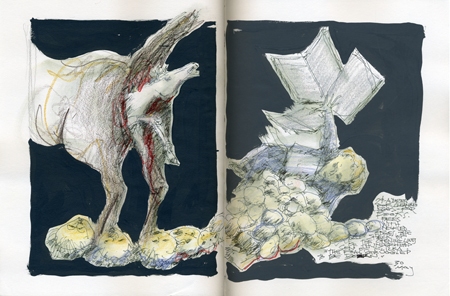
I meant to announce this earlier. My grandfather Brent Wilson has a show at the Pearl Street Gallery (57a Pearl Street, Brooklyn NY 11201). It will be up through the end of March, and there is an opening reception and gallery talk beginning at 3pm on March 17th (talk at 4pm). Those of you in NYC (Benac children and spouses) should try to make it out there in my behalf.
Posted by
Dane
at
12:32 AM
0
comments
![]()
08 March 2007
Adeu
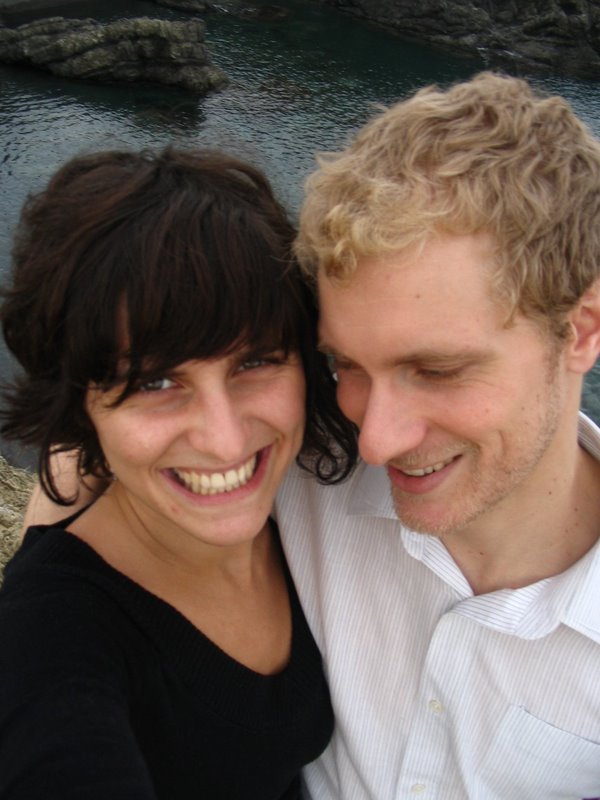
Our blondie and his brunette are off to India. He says he'll blog while there. When he does we'll link to it. Travel well.
Posted by
Dane
at
3:38 AM
2
comments
![]()
Labels: family
07 March 2007
The Century of the Self

Falling once again into the ostensive trap of blogging, I would like to point people to an excellent BBC4 documentary up on Google Video. Entitled The Century of the Self it chronicles the influence of Sigmund Freud's nephew Edward Bernays on the field of public relations. The man was amazing. Almost singlehandedly he convinced American women to start smoking. The video is in four parts, just follow the links: 1 2 3 4.
We've watched the first part so far, and I was particularly struck by the reengineering of the American worker as the American consumer. There is something ennobling about work, but after 9/11 we weren't told to work hard, and save money, and pay off our debts. We were told to go spend money, for the good of the nation. If anyone has a high-schooler studying American History, or teaches high-schoolers (Mom), this would be an excellent supplement. This is the kind of information that is sadly missing from public education. I mean, when was I going to be told that Goebbels thought that FDR was nifty?
Posted by
Dane
at
1:32 AM
0
comments
![]()
Labels: movies
05 March 2007
Un Lugar Donde Comer Sopa
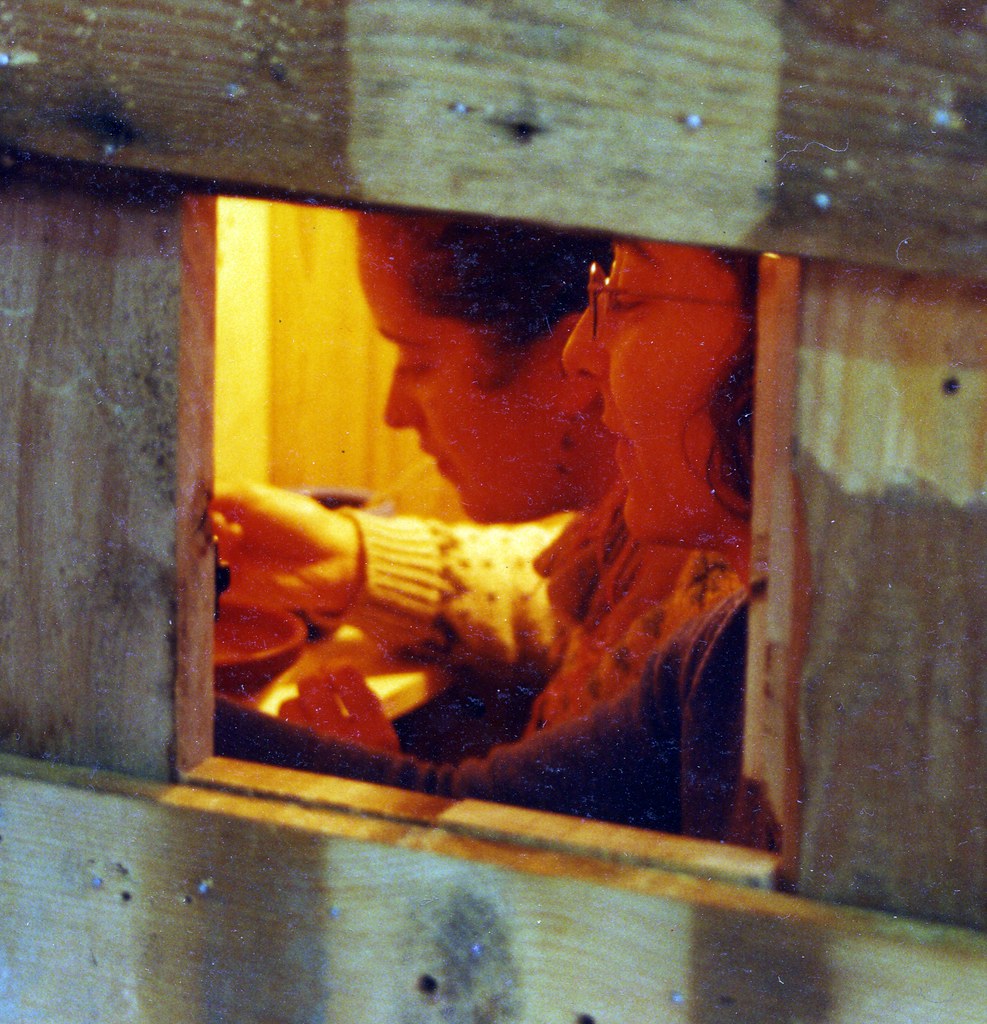
Over on our food blog, Quotidian Efficacy, I posted a chicken soup recipe, the direct descendant of a recipe I used in an installation back when I lived in Valencia. Entitled Un Lugar Donde Comer Sopa, and unofficially dubbed "la caja de sopa" or "the soup box," it consisted of a wooden box, one meter square at the base and about 150 cm tall. The wood for the box was salvaged from old pallets and construction sites. The exterior was left aged, embedded with nails, plaster, concrete, and paint. The interior was sanded clean, and all the nails used in the assembly of the walls were nailed from the inside out. On one side was a door with a small window and a peephole, looking out. The door and window could be locked from the inside. There was an incandescent light bulb on the wall opposite the door, and a pair of shelves on the wall to the left of the door. One shelf ran along the top of the box, and contained about six books: Plantas medicinales de la Comunidad Valenciana, La poética del espacio by Gaston Bachelard, Si una noche de invierno un viajero by Italo Calvino, El placer del texto by Roland Barthes, and two or three others I can't recall. All over the interior of the box, hidden in nooks and crannies, were quotes from the books, and songs by Os Mutantes, written in English, Spanish and Portuguese. The other shelf was placed just above the knees, so that people could set a bowl of soup and a cup of tea there. The tea, more properly called an infusion, was designed to make people sleepy (the recipe is also available at Quotidian Efficacy). People entered the box one or two at a time, and I served them soup and tea, allowing them ten or fifteen minutes to sit, and eat, and drink, and read. One girl turned the lights off and just sat in the dark for fifteen minutes.
While looking through my archives to find the sketches below I came across this quote from The Poetics of Space, which perfectly describes my goal for the piece. I'll attempt to translate as best I can:
A veces un mueble amorosamente labrado tiene perspectivas interiores modificadas sin cesar por el ensueño, se abre el mueble y se descubre una morada. Una casa que está oculta en un cofrecillo.
Sometimes a lovingly made piece of furniture has interior perspectives unceasingly modified by reverie--upon opening it one discovers a habitation. A house that has been hidden in a tiny coffer.
The soup box had a number of inspirations, primary among them would be The Poetics of Space, but I would also have to include things like Dr. Who's Tardis, a drab box with a nearly infinite interior. It also spawned a number of progeny--among them, my Reading Cell, and a mini office my Portugese professor cobbled together (though perhaps only in his head) under his stairs.
After completing the piece and feeding everyone soup I planned on dismantling it and giving the wood away, but some friends conspired to save it. To this day, in theory at least, the box is in storage in a workshop in an old house in the tiny town of Infante.
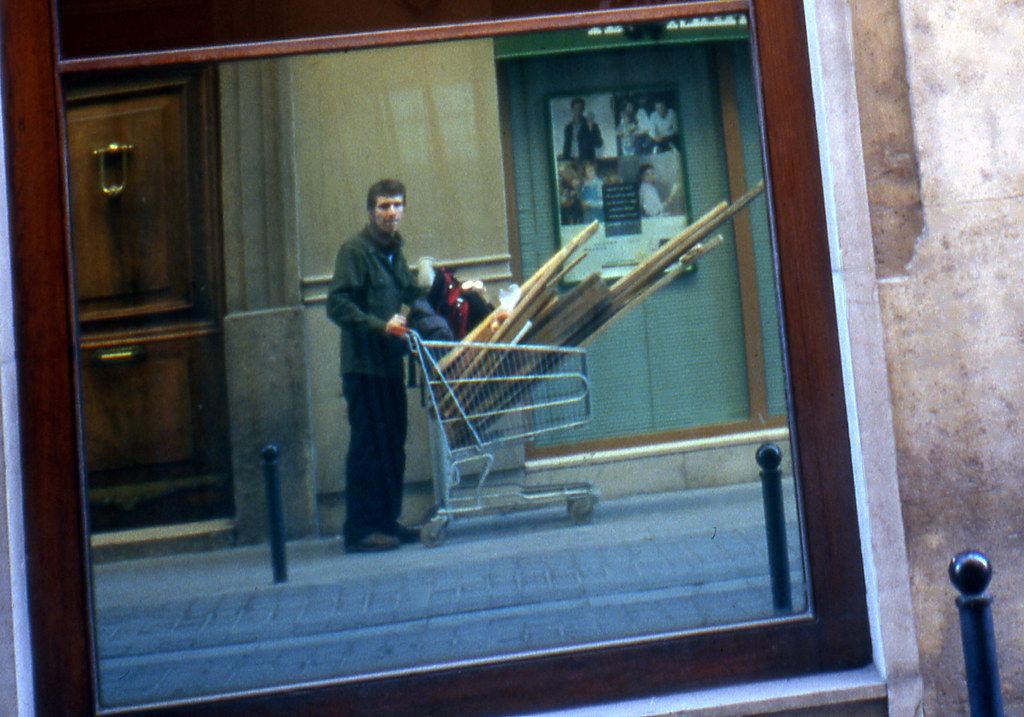 Moving wood. I would collect wood at construction sites downtown, and then push it to the Polytechnic in a shopping cart. Later on I found a bunch of pallets at school, and was spared some unnecessary labor.
Moving wood. I would collect wood at construction sites downtown, and then push it to the Polytechnic in a shopping cart. Later on I found a bunch of pallets at school, and was spared some unnecessary labor.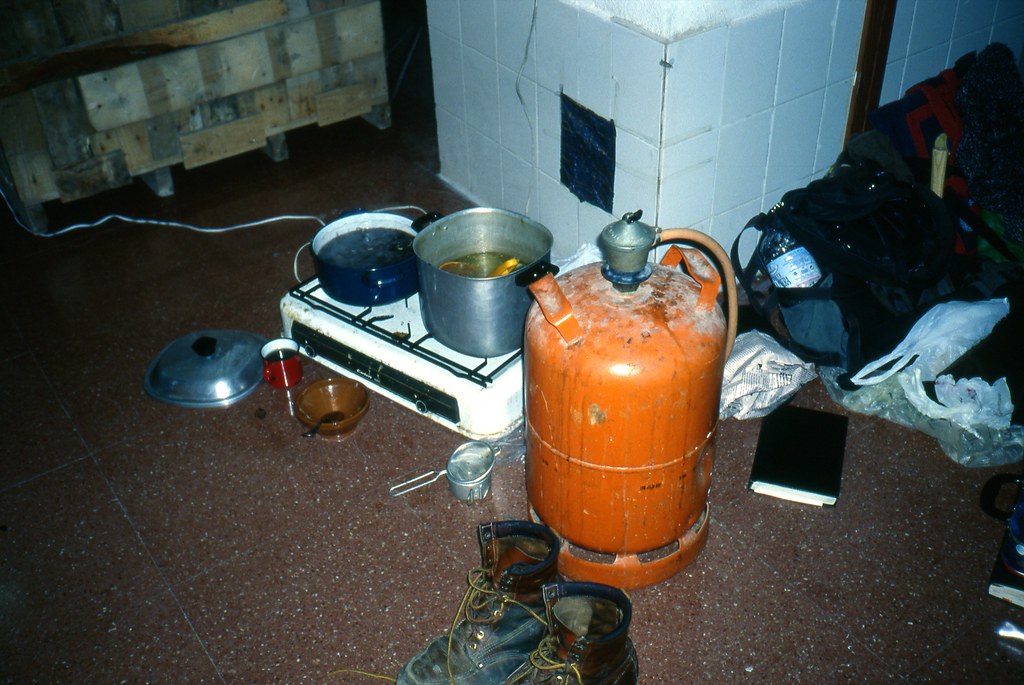 Makeshift kitchen. I made everyone take off their shoes, hence my boots in the foreground, but the concept proved decidedly foreign to the Spaniards.
Makeshift kitchen. I made everyone take off their shoes, hence my boots in the foreground, but the concept proved decidedly foreign to the Spaniards. This photo, the one up top, and those that follow were all taken by Elena, a gal in my sculpture class. I found this little chair in the trash (Valencia has the greatest trash, you could furnish a flat with it in less than a month), and refinished the bottom.
This photo, the one up top, and those that follow were all taken by Elena, a gal in my sculpture class. I found this little chair in the trash (Valencia has the greatest trash, you could furnish a flat with it in less than a month), and refinished the bottom.
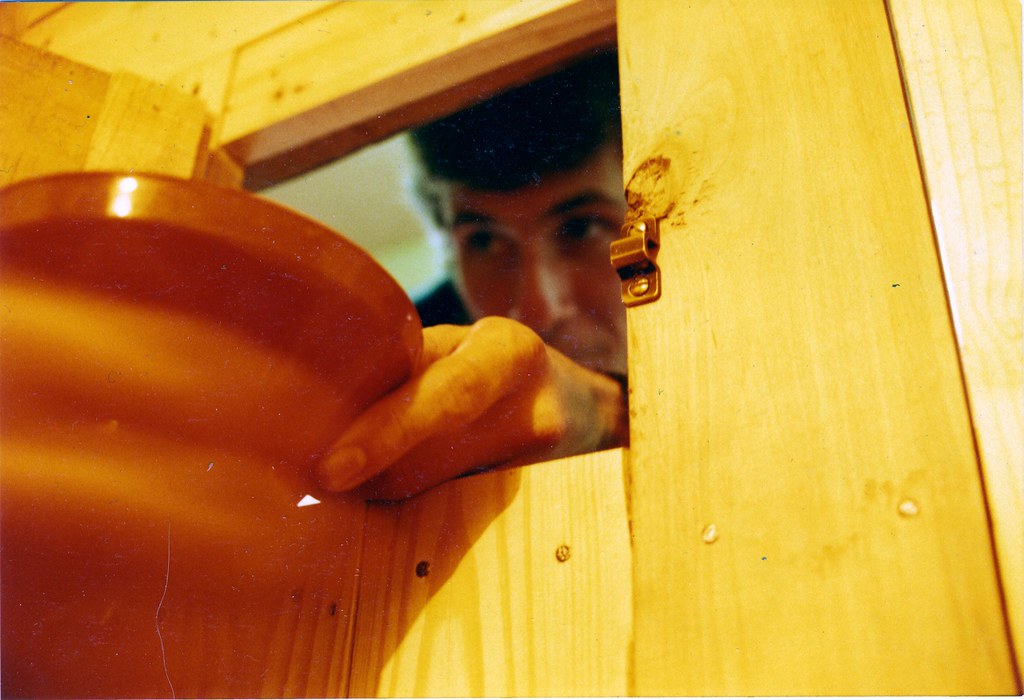
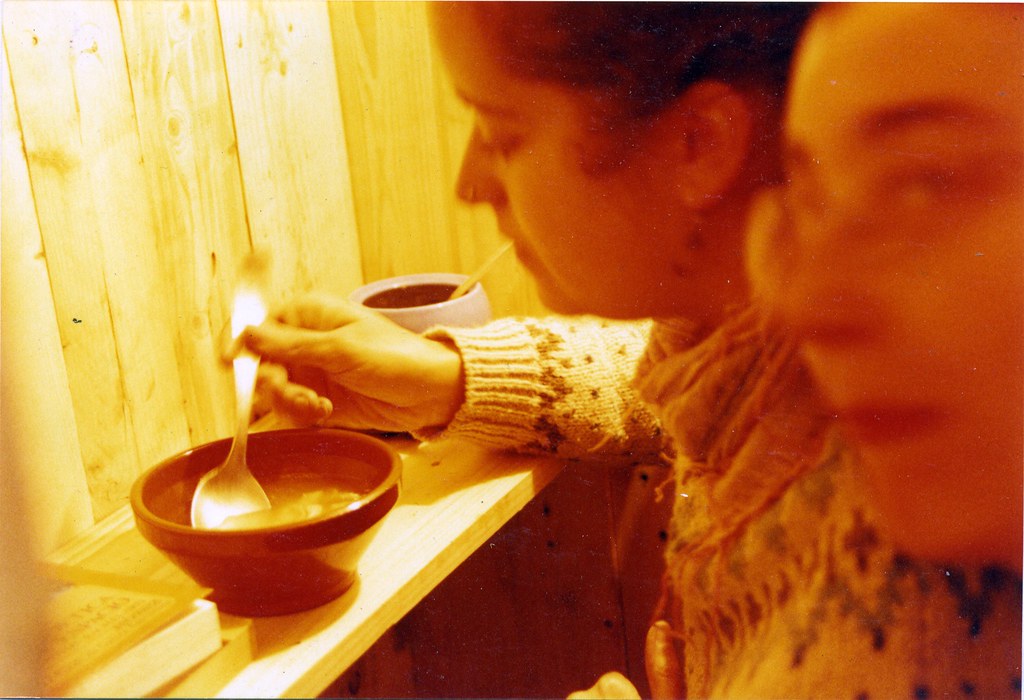


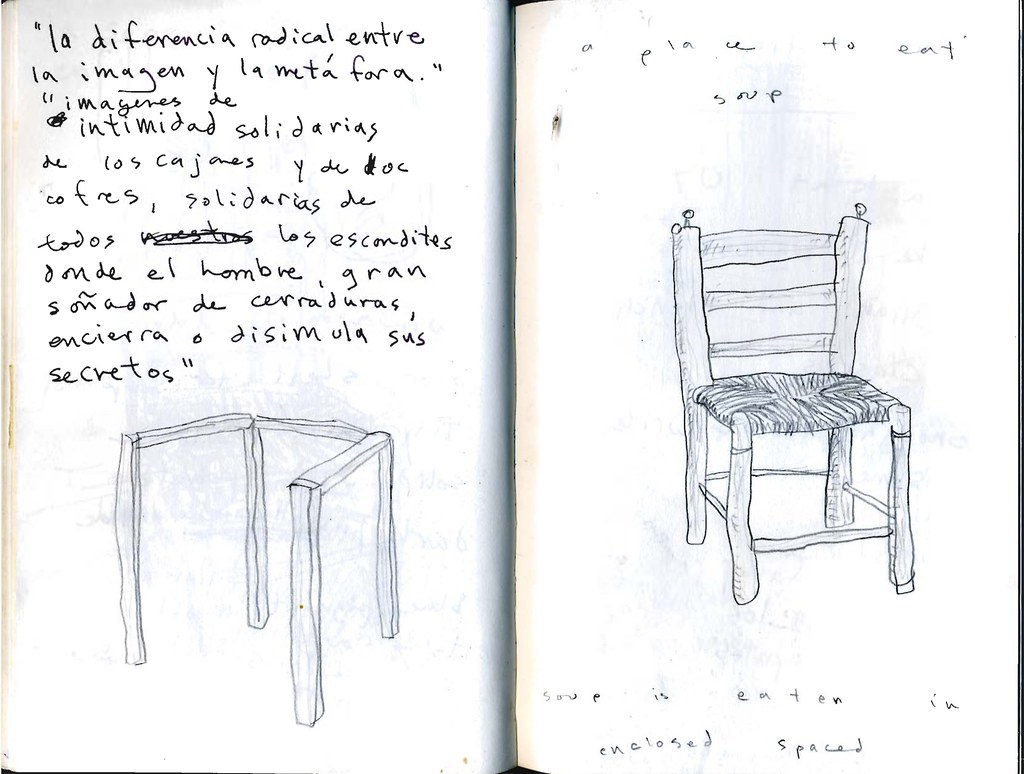
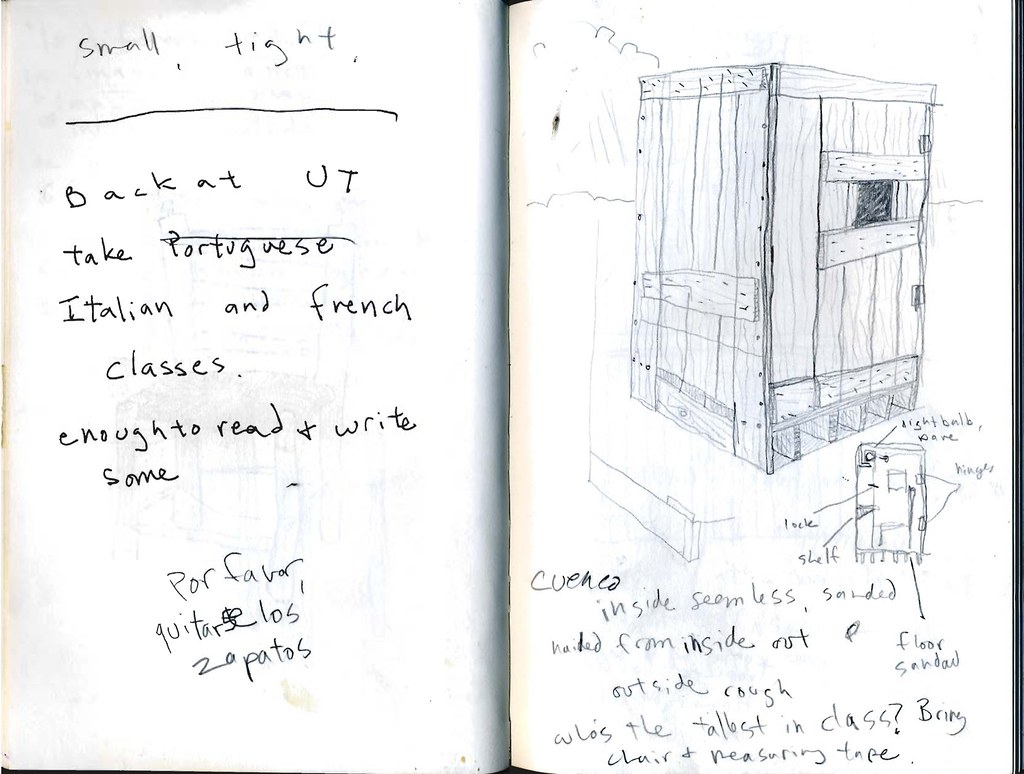
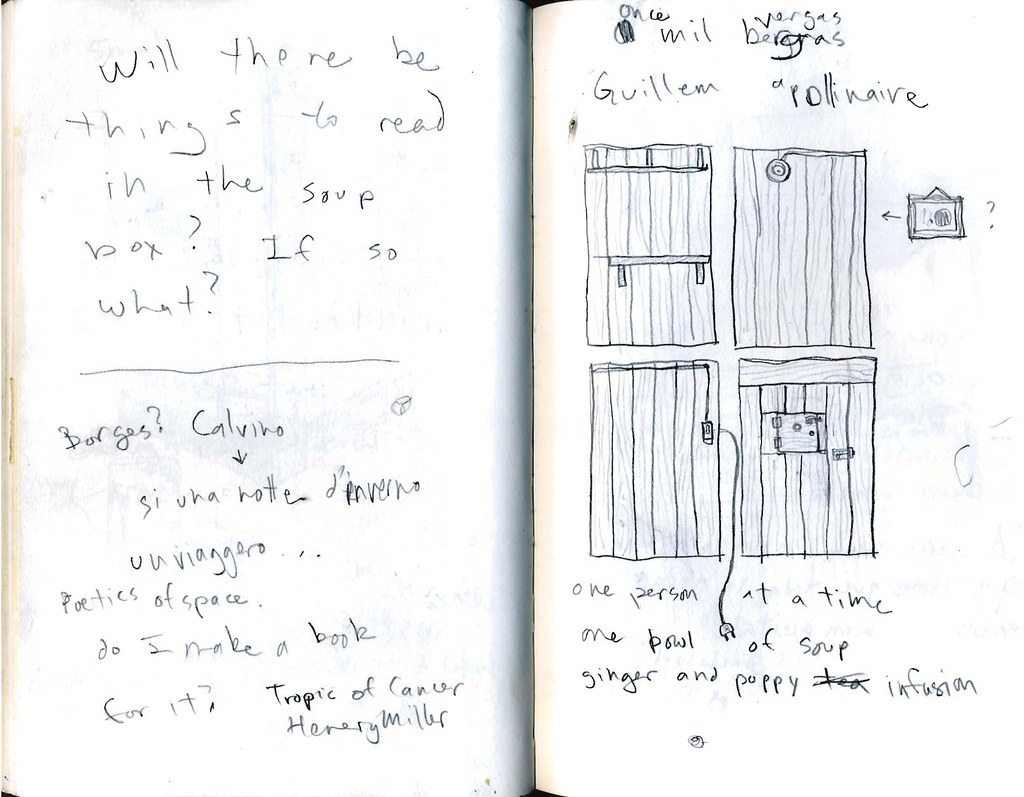
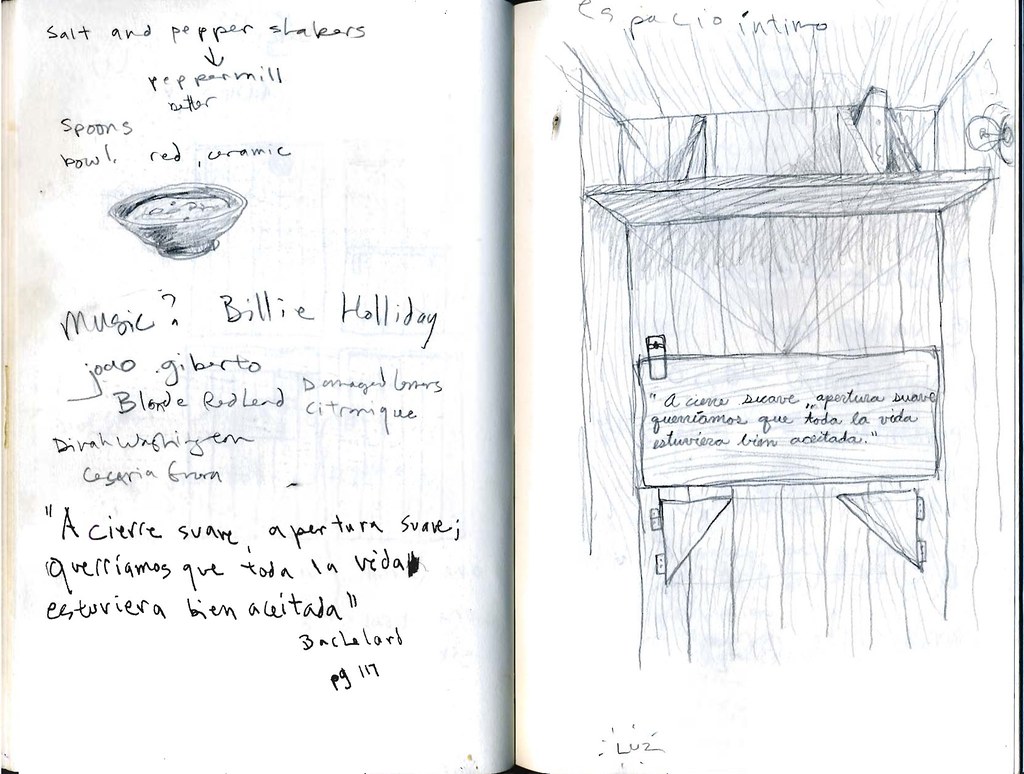
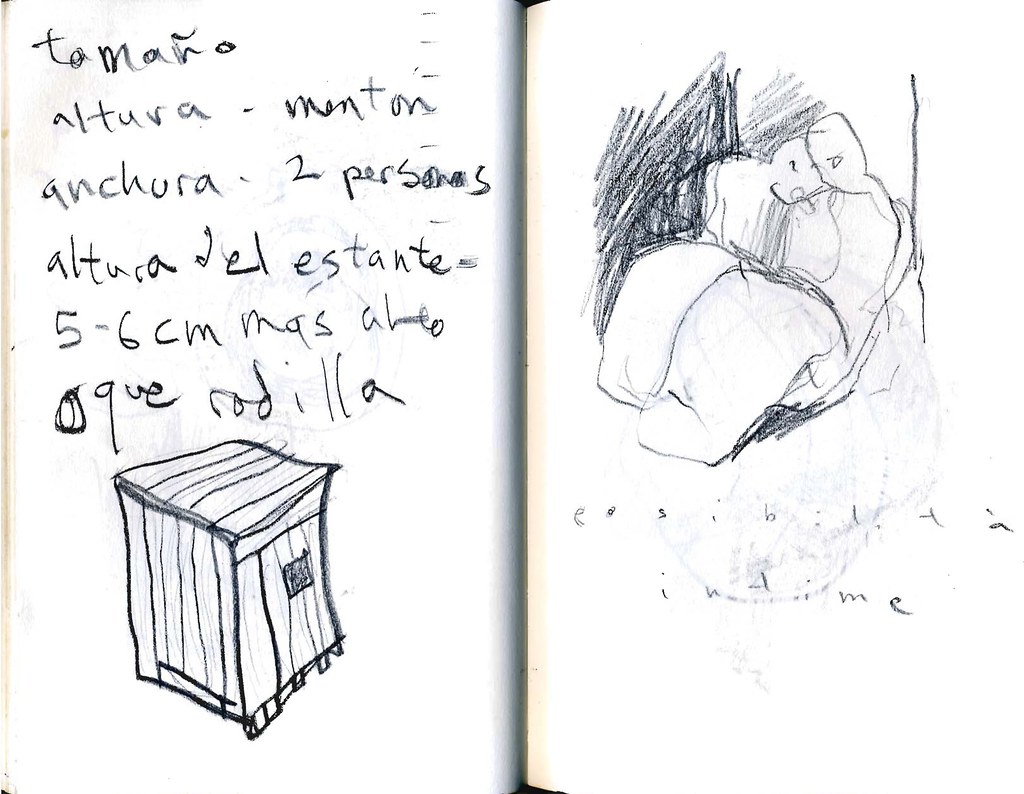
Posted by
Dane
at
4:15 AM
0
comments
![]()
Labels: art, food, installation, Spain
03 March 2007
Down the Street


These are pictures of a park with a pretty little waterfall down the street from our house, at the base of Doi Suthep. It's a nice place to walk to on Sunday afternoons. The latest batch of dogs, 29-32, always hang out at the entrance to the park.
Posted by
Dane
at
1:01 AM
5
comments
![]()
Labels: Chiang Mai, living
01 March 2007
Subscribe to:
Posts (Atom)

